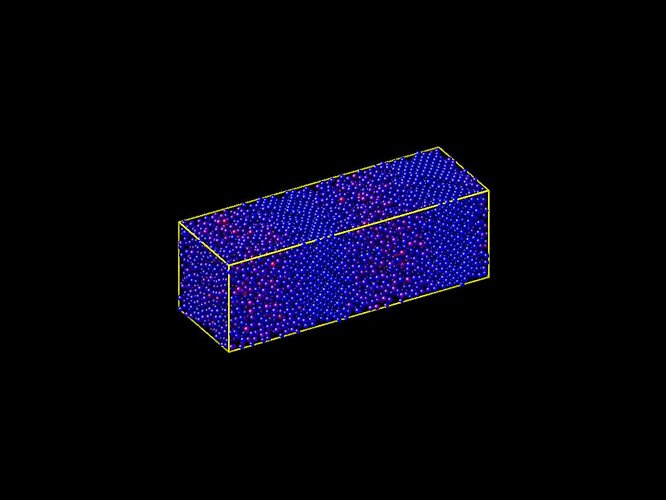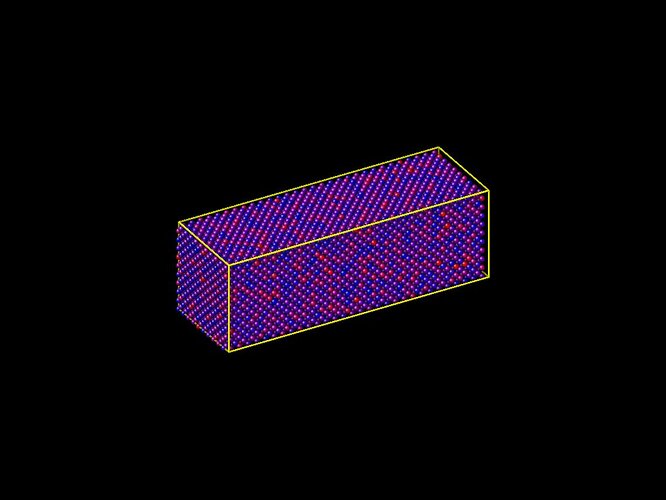Hi,
I am trying to do the shear simulation of a bio-polymer. But, it gives an error message:
ERROR: Illegal fix shake command (../fix_shake.cpp:155)
LAMMPS (22 Aug 2018)
OMP_NUM_THREADS environment is not set. Defaulting to 1 thread. (../comm.cpp:87)
using 1 OpenMP thread(s) per MPI task
#MD simulation cellulose under shear
units real
dimension 3
boundary s s s
atom_style full
neighbor 2.5 bin
neigh_modify delay 5
pair_style lj/charmm/coul/charmm 8.0 10.0
bond_style harmonic
angle_style harmonic
dihedral_style harmonic
improper_style harmonic
read_data data.relax
orthogonal box = (5.65259 -58.6119 -45.9213) to (43.1264 21.408 46.6191)
2 by 6 by 8 MPI processor grid
WARNING: Pair style in data file differs from currently defined pair style (../read_data.cpp:580)
reading atoms …
9066 atoms
reading velocities …
9066 velocities
scanning bonds …
4 = max bonds/atom
scanning angles …
6 = max angles/atom
scanning dihedrals …
17 = max dihedrals/atom
reading bonds …
9441 bonds
reading angles …
17398 angles
reading dihedrals …
32314 dihedrals
4 = max # of 1-2 neighbors
9 = max # of 1-3 neighbors
18 = max # of 1-4 neighbors
22 = max # of special neighbors
region lower block INF INF INF -31 INF INF
region upper block INF INF -8 INF INF INF
group lower region lower
3737 atoms in group lower
group upper region upper
3992 atoms in group upper
group boundary union lower upper
7729 atoms in group boundary
group mobile subtract all boundary
1337 atoms in group mobile
#set group lower type 6
#set group upper type 7
Assign original velocities to atoms
compute new all temp
velocity all create 298.1 487639 temp new
Set up ensemble
fix 1 all nvt temp 298.1 298.1 100.0
fix 2 all temp/rescale 10 298.1 298.1 0.01 1.0
unfix 2
fix 2 all shake 0.0001 10 100 21 4 6 8 10 12 14 18 47 31
ERROR: Illegal fix shake command (../fix_shake.cpp:155)
Last command: fix 2 all shake 0.0001 10 100 21 4 6 8 10 12 14 18 47 31
Any help would be appreciated.
Thank you.
Sincerely,
Pinky

